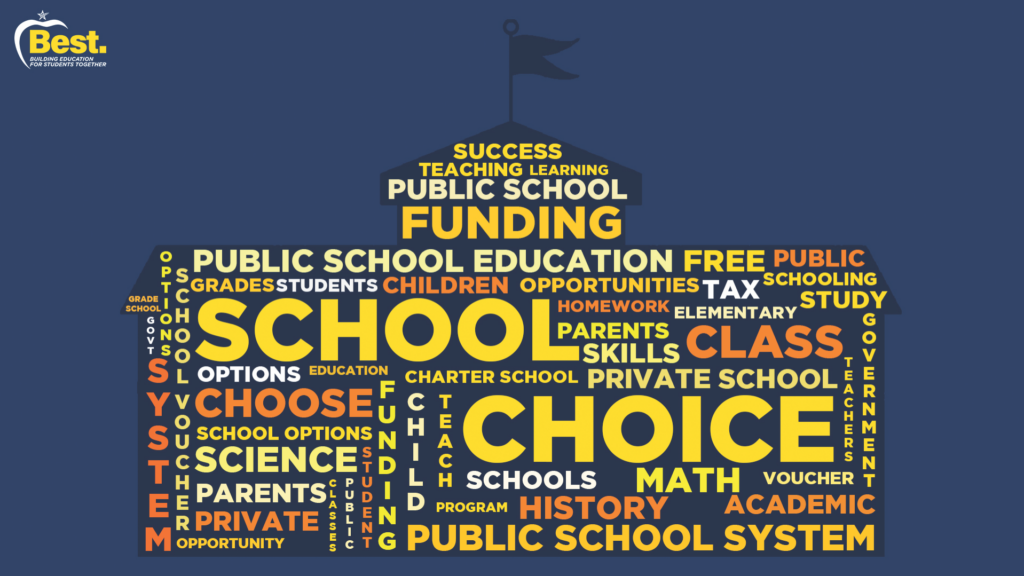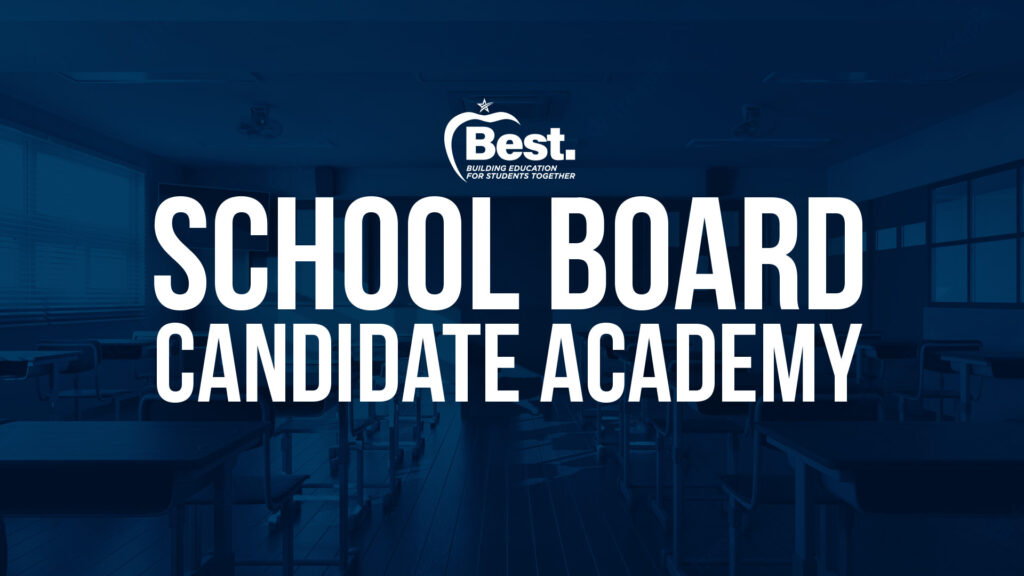School Choice in America Part I
Today Americans find themselves in the midst of a great crisis in our educational system. Parents across the nation are waking up with the realization that the promise of public education has failed to deliver.
Our public schools have largely failed to meet even the most basic standards of education. In February of 2012 the U.S. Department of Education reported that nearly 20% of high school graduates were functionally illiterate. Results of the 2010 National Assessment of Educational Progress showed that only 13% of high school seniors were “proficient” in U.S. history. The graduating class of 2012 held the lowest average SAT reading score in 40 years.
It should be clear that something has gone horribly awry, but we need to understand that the problem isn’t recent. For instance, in Detroit the illiteracy rate for adults stands at 47%. Only decades of incompetence could have made that statistic possible.
We need to come to terms with the fact that there are deep-rooted problems with our educational philosophy and institutional structure. For years Americans have recognized the problem without making headway on solutions. The last two decades, however, have given rise to a movement which suggests a way out. School choice.
What better a way to solve the above issues than allowing parents a greater say in where and how their education tax dollars are spent. No government official will care more for a child’s education than the parents of that child, and there is no better incentive for schools to change the way they teach than the challenge of competition.
The cities of Milwaukee, Cleveland, and Washington, DC have seen some success with private school voucher programs (which also cut down on cost per student), and dozens of states have passed legislation allowing the formation of Charter schools. While Charter schools are popular for their semi-autonomy and lack of union teachers, public Magnet schools are also on the rise. Magnet schools attract students across district lines, have admissions standards, and usually specialize in a specific area i.e. medicine, business, engineering etc.
Parents are also becoming aware of the great opportunity provided by homeschooling. We are fortunate to live in a country where homeschooling is legal in every state, and the number of homeschoolers has been steadily rising. Homeschool students routinely outperform their public school counterparts with the 2 million American homeschoolers consistently achieving high marks on their ACT exams.
What’s more, the average yearly cost of homeschooling a child is estimated at only $1000.
Several states are currently battling to implement or defend these alternatives as teacher unions spend millions to stop them. Political leaders in Texas and Tennessee are now preparing to propose school voucher legislation, measures which are sure to face significant opposition. In Louisiana residents are fighting a court decision which struck down the voucher system they already have in place.
The most common argument made by school-choice opponents is that these alternative options draw the best children out of troubled district schools. They say this diverts money from the poorest districts while leaving behind the troubled children. This cry for increased funding, however, is something we’ve heard before.
The education problems we face are most obvious in low-income areas. Far from meaning these schools are underfunded (Detroit Public Schools spend $13,000 per student) their lack of performance shows that tossing money at the problem hasn’t been working. Contrary to claims by opponents that school choice measures would “screw the poor” it is in fact our current system which is abandoning those most in need.
At this very moment parents around the country are fighting for the ability to reward success and punish failure in their children’s districts. Americans have long placed special value on the education of the young, and taxpayers have long been willing to fund such programs. Politicians have established everything from cigarette taxes to state lotteries in the name of funding education. Now is the time to seek accountability for these funds.
If these efforts are to succeed, voters and especially parents must speak up and let their representatives know they stand with school choice.




